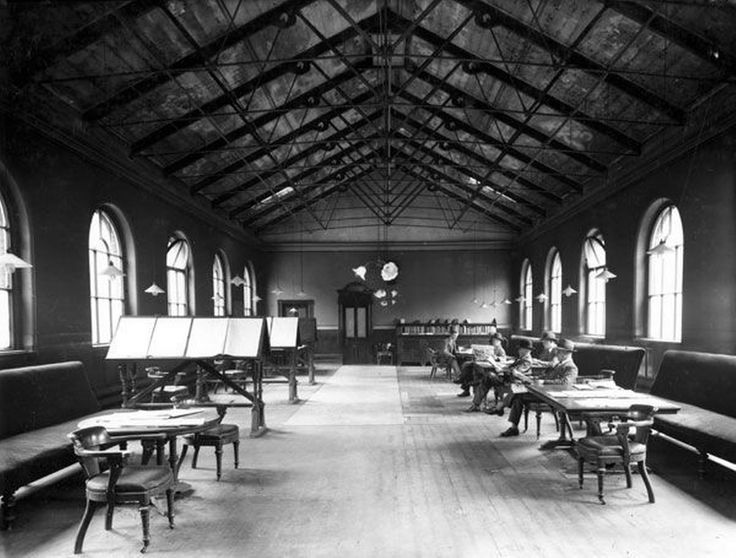Installing new flooring can transform your home, adding style and value. For residents of Huddersfield, tackling a DIY flooring project can be both rewarding and cost-effective. Whether you’re updating a room or revamping your entire home, here are some essential tips to guide you through the installation process.

- 1. Choose the Right Flooring Material
- 2. Measure Your Space Accurately
- 3. Gather Your Tools and Materials
- 4. Prepare the Subfloor
- 5. Acclimate Your Flooring
- 6. Follow Manufacturer Instructions
- 7. Start with a Clean Slate
- 8. Be Patient and Take Your Time
- 9. Finishing Touches
- 10. Maintain Your New Floors
- Conclusion
1. Choose the Right Flooring Material
Before you begin, consider the different types of flooring available:
- Laminate: Affordable and easy to install, laminate is a popular choice for busy households.
- Engineered Wood: Offers the look of hardwood with more durability against moisture, making it suitable for various rooms.
- Luxury Vinyl Tiles (LVT): Perfect for kitchens and bathrooms, LVT is waterproof and available in numerous styles.
- Carpet: Adds warmth and comfort, but consider the maintenance required, especially in high-traffic areas.
Research the best options that fit your lifestyle, budget, and aesthetic preferences.
2. Measure Your Space Accurately
Accurate measurements are crucial to ensure you buy the right amount of flooring. Measure the length and width of each room and calculate the square footage. Don’t forget to factor in any closets or hallways! It’s wise to order 10% extra to account for mistakes and future repairs.
3. Gather Your Tools and Materials
Before you start, gather the necessary tools. Depending on the flooring type, you might need:
- Tape measure
- Utility knife
- Floor roller
- Hammer and tapping block (for laminate and hardwood)
- Pry bar
- Level
- Spacers
Having everything on hand will streamline the process and reduce frustration.
4. Prepare the Subfloor
A solid foundation is vital for a successful flooring installation. Ensure your subfloor is clean, dry, and level. If you notice any squeaks or uneven areas, address these issues before laying down your new flooring. For wooden subfloors, consider adding a moisture barrier to prevent damage.
5. Acclimate Your Flooring
Most flooring materials need to acclimate to the room’s temperature and humidity. Leave your flooring in the room for at least 48 hours before installation. This helps prevent warping and ensures a better fit.
6. Follow Manufacturer Instructions
Every flooring type has specific installation guidelines. Read and follow the manufacturer’s instructions carefully for the best results. This includes proper spacing, adhesive use, and expansion gaps to allow for natural movement in the material.
7. Start with a Clean Slate
Begin your installation in the corner of the room, ensuring you work away from the door. If you’re installing floating floors, use spacers to maintain expansion gaps along the walls. For glue-down options, apply the adhesive in sections to avoid it drying out before you lay the flooring.
8. Be Patient and Take Your Time
Flooring installation can be time-consuming, so be patient. Rushing through the process may lead to mistakes and a less-than-perfect finish. Take breaks if needed, and double-check your work as you go.
9. Finishing Touches
Once the flooring is installed, consider adding trim or baseboards to complete the look. These finishing touches not only enhance the aesthetic but also help cover any expansion gaps.
10. Maintain Your New Floors
After installation, be sure to understand how to care for your new flooring. Regular cleaning and maintenance will keep it looking its best for years to come.
Conclusion
DIY flooring installation can be a fulfilling project for Huddersfield residents looking to enhance their homes. With the right materials, tools, and preparation, you can achieve stunning results that reflect your style. Don’t forget to enjoy the process and take pride in your hard work!
